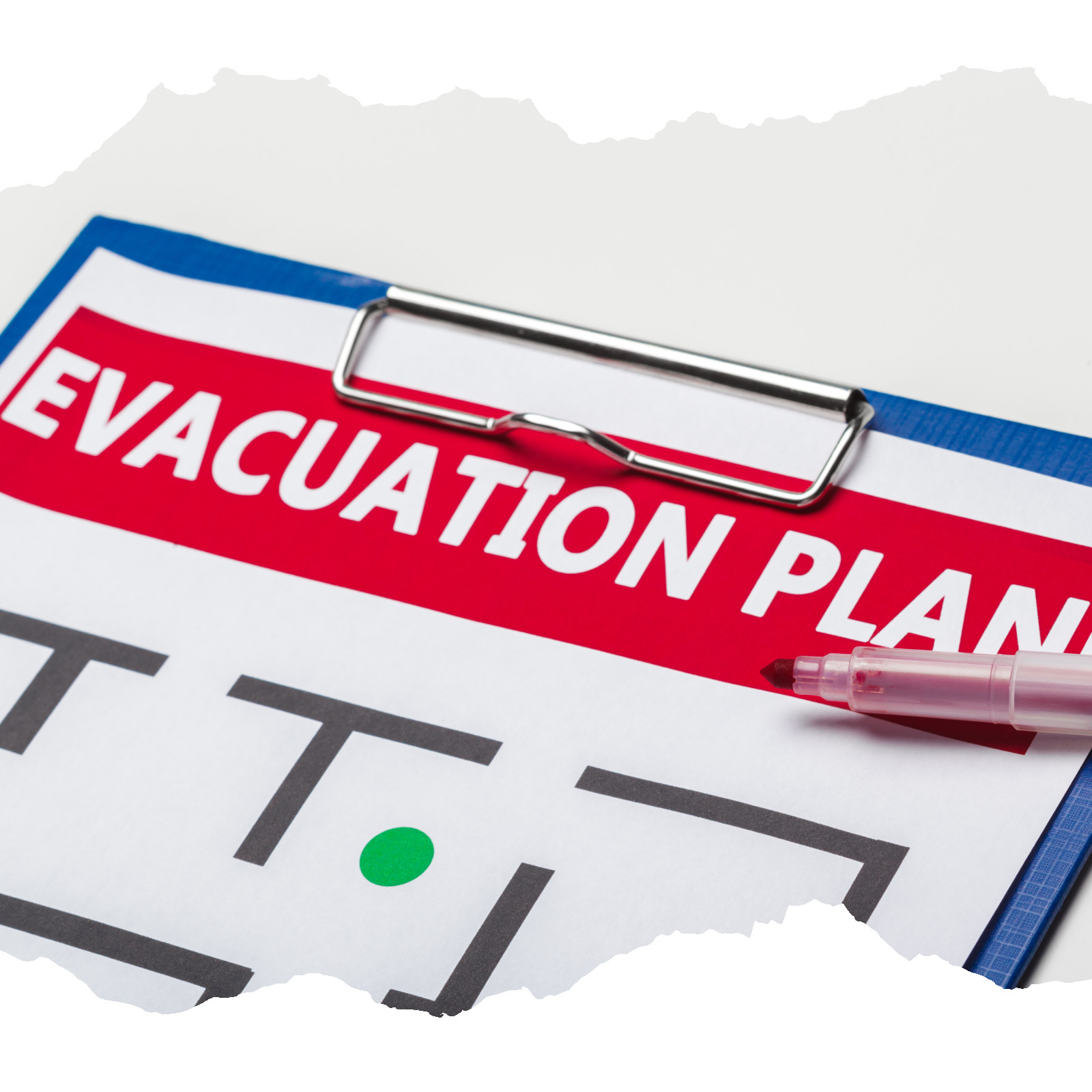
Urban Evasion Tactics: Strategies for Blending, Observing, and Escaping
When it comes to navigating sticky situations in dense, urban environments, a solid understanding of evasion tactics can be the difference between staying unnoticed or becoming a focal point. Though it may feel extreme to think about "evasion," it's a skill set rooted in observation, self-awareness, and planning. Whether you're responding to a crisis or just want to improve your survival know-how, understanding how to move undetected and manage your surroundings can be an invaluable tool for safety.
Let's dig into some actionable tactics, drawing lessons both from field experience and stories of survival, so you can proactively prepare for whatever challenges may arise.
Observational Skills
Evasion starts with a sharp sense of awareness. Before making any movement, it’s crucial to read your environment. Think of it as slipping into “full-on hunting mode”—take in everything. What can you see? What do you hear? Are there any unfamiliar sounds or changes compared to yesterday? Even smells can be indicators; something like cigarette smoke or someone unwashed can tip you off to nearby activity.
Practical Observational Tips:
- Look for Changes: Anything that seems different—an object out of place, new people, or fresh tracks—could mean someone has entered the area.
- Learn Patterns: Observe normal routines around you. When do people leave for work? When do they return? If you know the rhythm of your surroundings, it becomes easier to blend in seamlessly—or avoid being caught off guard.
- Stay Quiet: When playing the “urban hunter” game, silence is golden. Be deliberate with your movements, and minimize sound when moving or interacting with objects.
Taking in the bigger picture of your environment is the first step to staying ahead of any potential threats or challenges.
Disappearing in Plain Sight
“Gray Man tactics,” or blending into the environment to avoid standing out, aren’t just about camouflage—it’s mindset and behavior. Sometimes, the safest place to be is where no one suspects you.
If you’re operating from a temporary base in an urban area, your best option is to move around invisibly. Work around the existing patterns of others. Make use of their habits and routines to mask your own actions. For inspiration, look no further than stories like The Diary of Anne Frank or The Great Escape, which highlight the art of moving silently and unobtrusively in occupied spaces.
Practical Tips for Gray Man Tactics:
- Light & Noise Discipline: If your survival depends on staying hidden, avoid creating any light sources, loud noises, or movements during inactive hours while most people are sleeping or gone.
- Keep Low Profile: Avoid heavily populated or well-lit spaces. Blend into less-distinct, quieter spots when out and about to reduce exposure.
- Synchronize Activity: If possible, follow the natural rhythms around you. For example, time your movements during moments when others are outside or distracted.
Urban survival often means working effectively within—and around—the behaviors of others, taking cues from every movement around you.
Blending into Crowds
Sometimes, you may need to move during the day in relatively normal conditions. This is where disappearing into the crowd becomes crucial. Standing out—even unintentionally—can draw unwanted attention from anyone observing the area, including law enforcement or other authorities.
Staying Unnoticeable in a Crowd:
- Dress to Match: Avoid being overdressed or carrying bulky gear that screams “prepper” or “survivor.” Look like everyone else.
- No Staring: Don’t fixate on specific objects or people around you. Humans are perceptive; if you watch someone too long, they’ll likely pick up on it.
- Move Calmly: If you feel like you’re being watched, don’t panic or speed up. Avoid building patterns, like always taking the same route or traveling at the same time each day.
Human beings, like many animals, can instinctively feel when they’re being observed. The key is to avoid sending signals that make you stand out from the crowd. A calm, neutral demeanor is your best weapon in this scenario.
Tactical Withdrawal
If things heat up and you need to get out—fast—it’s all about planning and adaptability. Ideally, this begins long before you need to act, with pre-packed gear and a fundamental plan in mind. The goal is to make your exit as quietly and safely as possible, reducing any signs that you’ve moved or where you might have gone.
Exiting Safely:
- Pre-Planning Matters: Always have an evacuation route in mind. This includes secondary back roads, alleys, or lesser-used paths where fewer eyes will be.
- Cover of Darkness or Weather: If you need to move fast, use darkness, rain, or fog to mask your movements. These conditions naturally obscure vision and create distractions.
- Pack Light, Pack Smart: Your gear should be efficient—not bulky or cumbersome—allowing for quick mobility. Aim for tools that cover many purposes to minimize load.
- Blend with the Locals: If you have to make your way through a rough neighborhood, consider mirroring the outward appearance and behavior of the locals to avoid drawing attention.
If leaving by vehicle is an option, keep your actions subdued and orderly, but be prepared to ditch it if necessary. For more intense situations requiring movement on foot, following contingency plans and sticking to secluded areas will give you the upper hand.
Think of it like the ultimate game of Hide & Seek—success depends on your ability to stay unnoticed while smoothly moving toward safety.
Final Thoughts and Next Steps
Urban evasion tactics require a mix of careful observation, stealth, and adaptability. Whether you're mastering the art of becoming a Gray Man, blending into the fabric of the crowd, or planning a quick exit, these skills are rooted in preparation and awareness.
Take a moment to consider your surroundings and your plans. How confident are you in your ability to stay undetected, should the situation require it? Urban environments may seem overwhelming, but with a clear strategy and consistent practice, you can move safely and smartly when it matters most.
Stay tuned for more strategies on this topic. What urban survival skills have you considered or practiced? Drop a comment below and continue the conversation—because being prepared is never a solo mission.


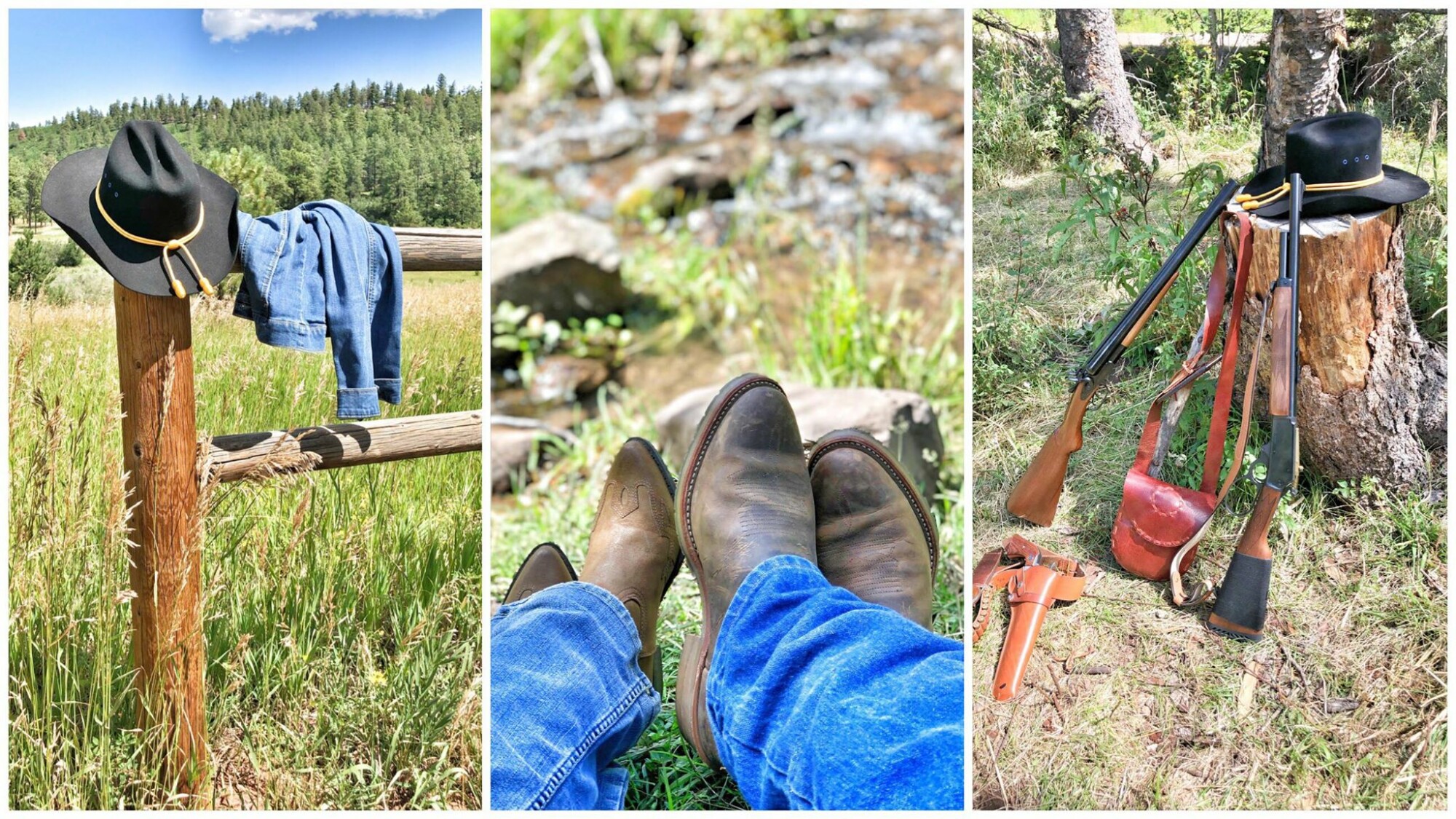

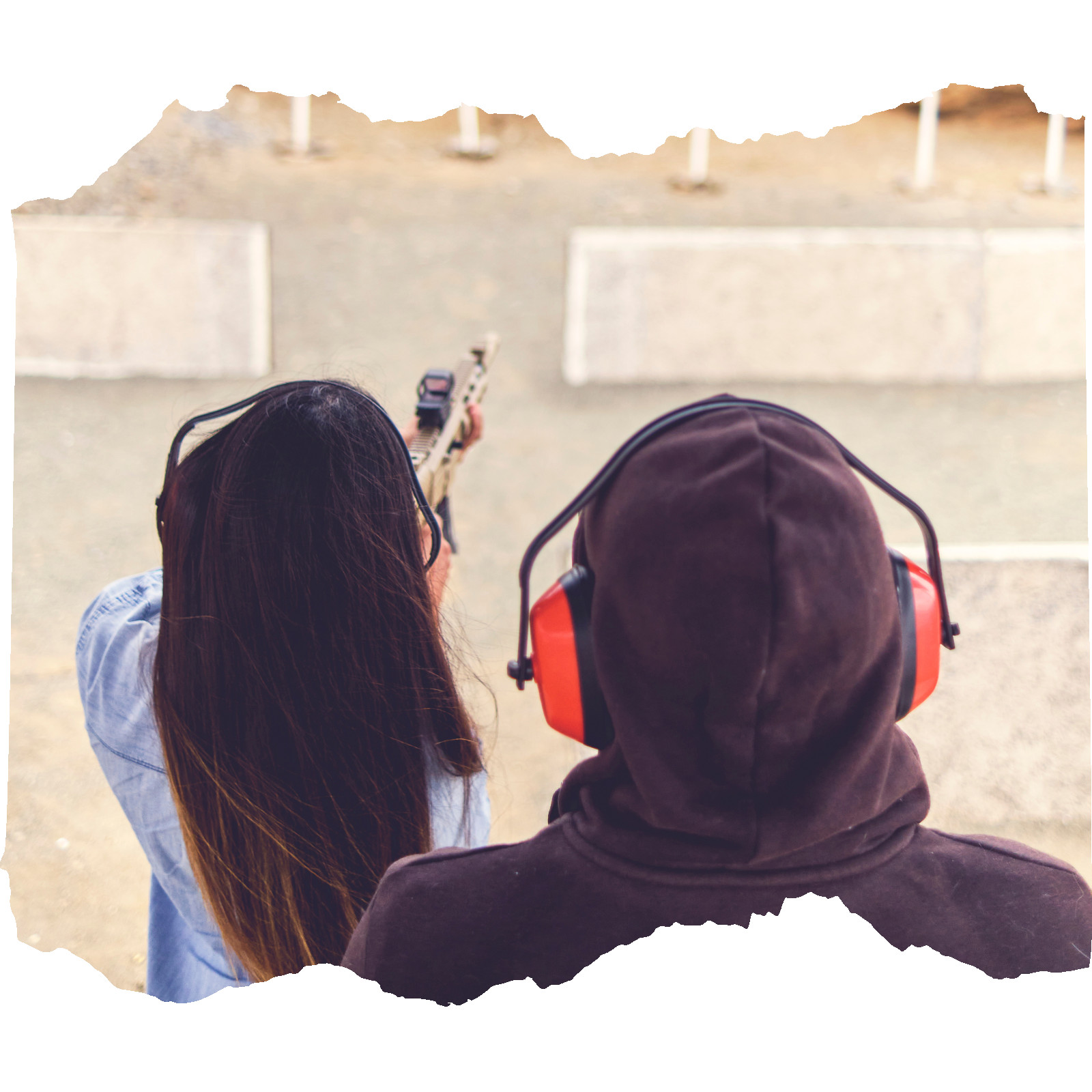
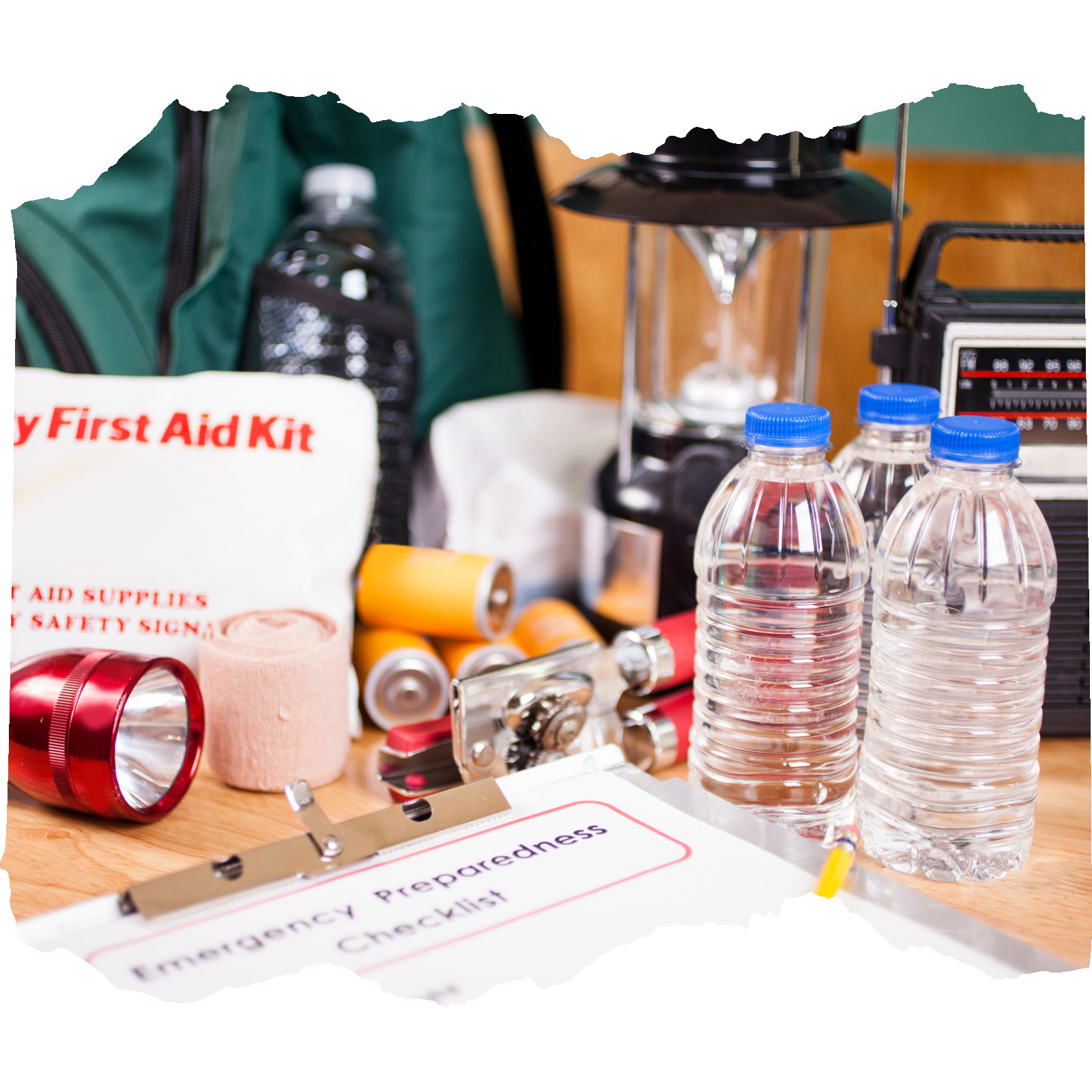

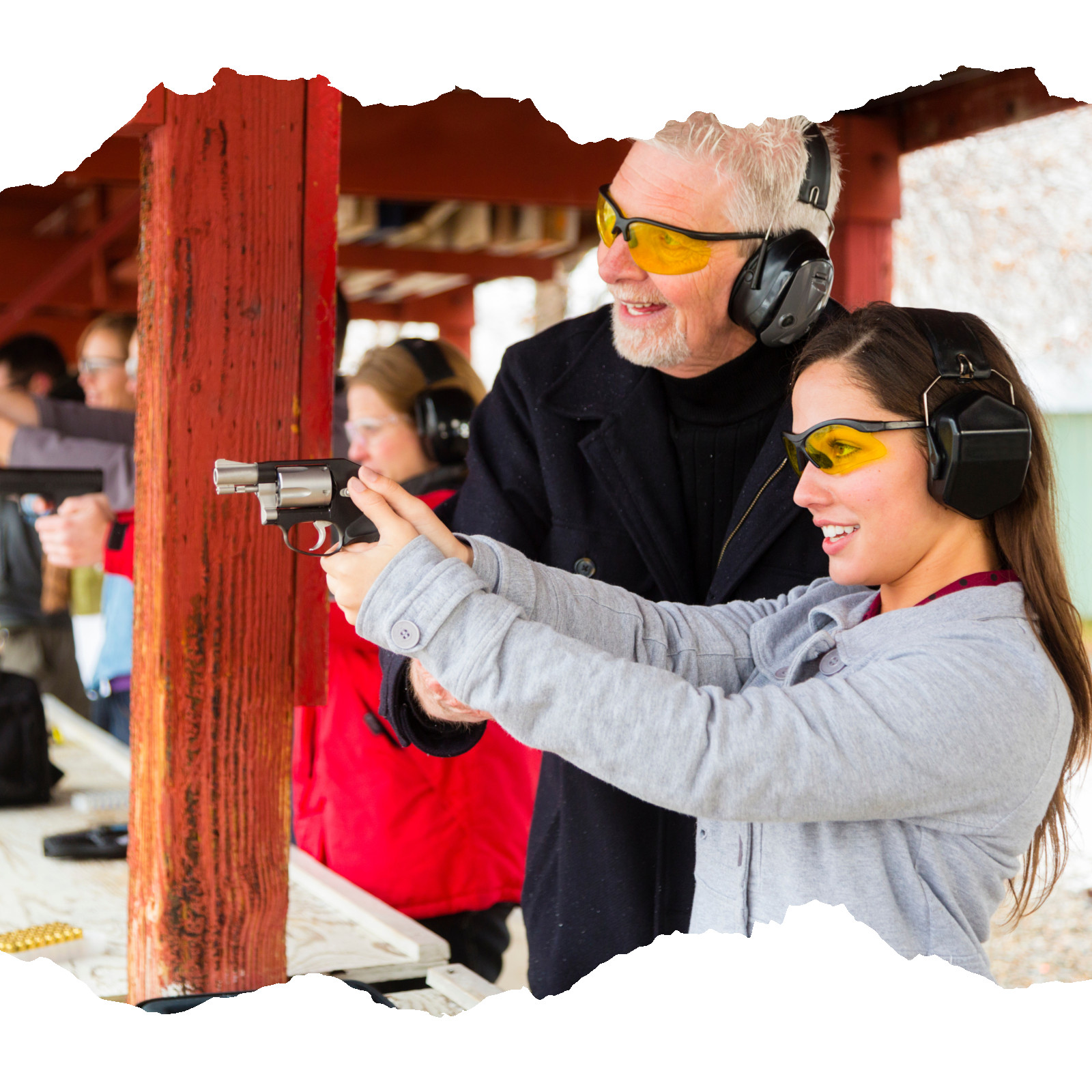
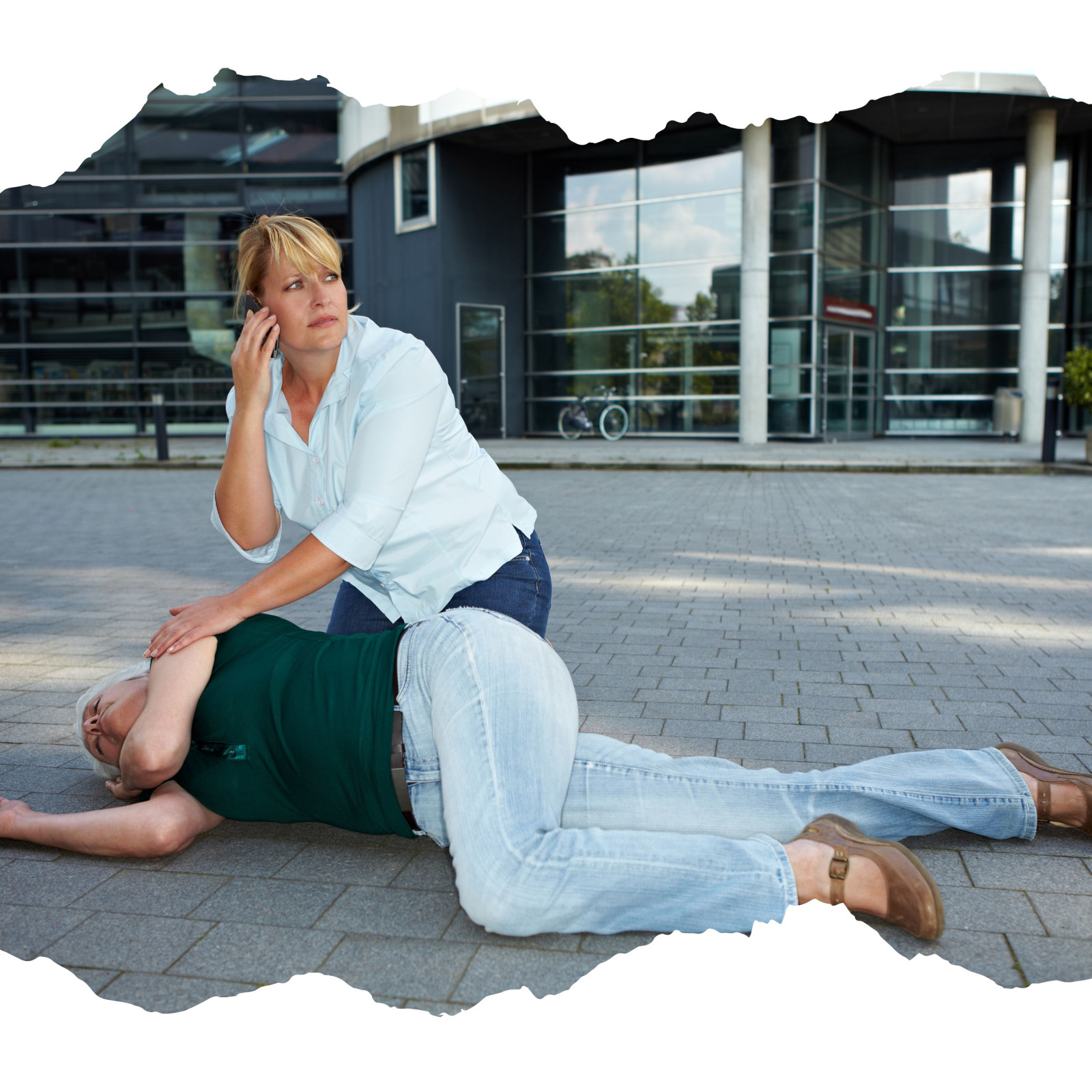

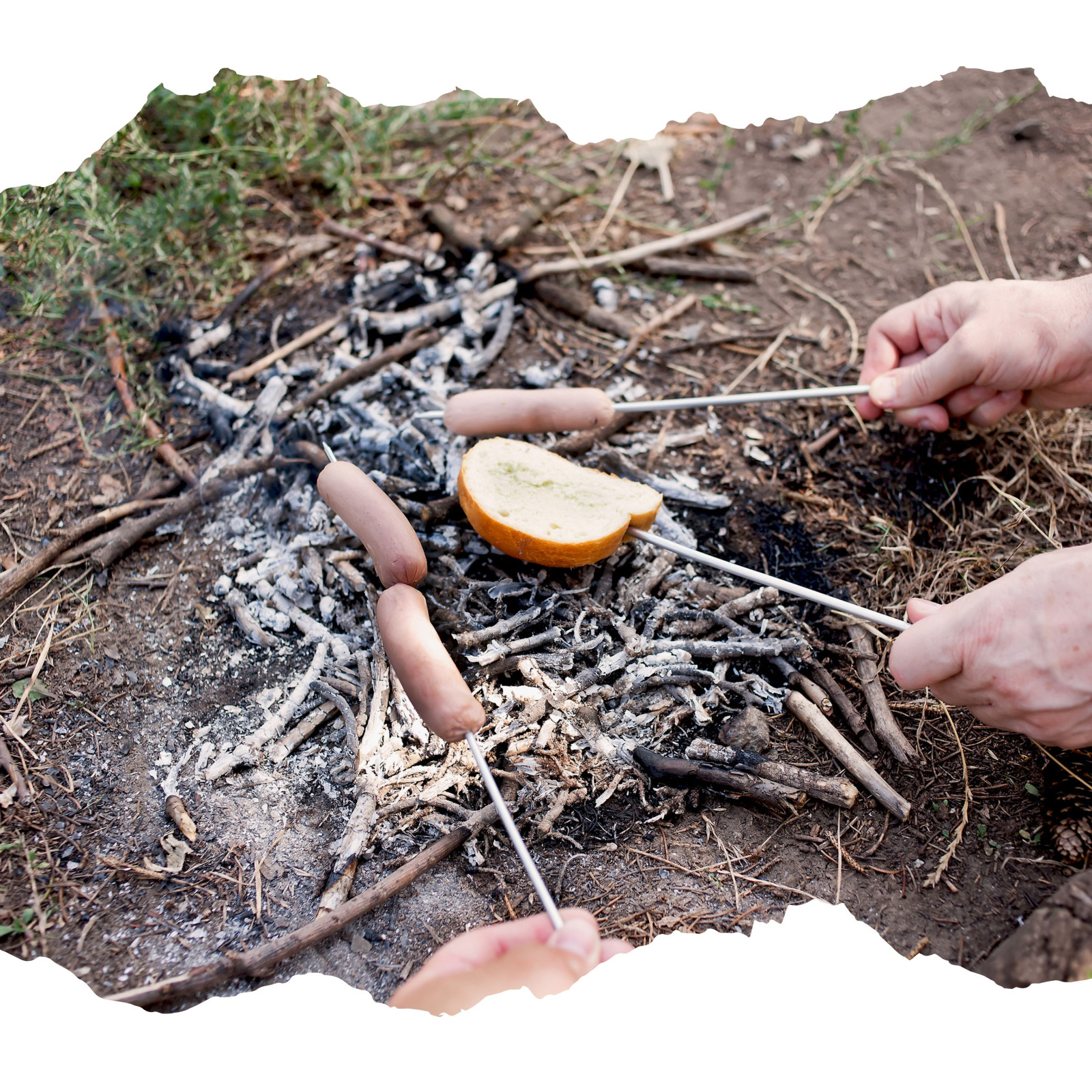


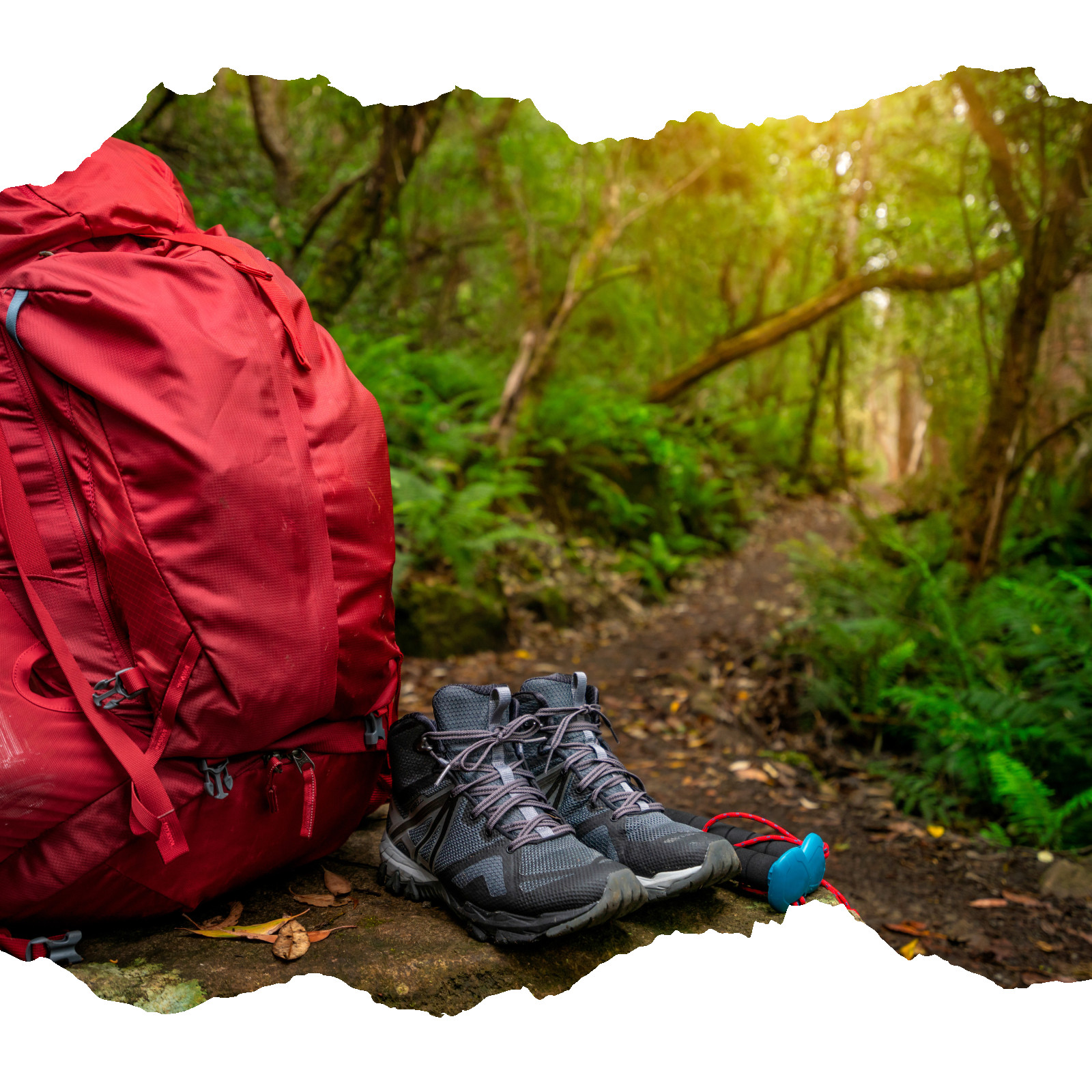




0 Comments